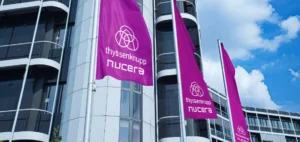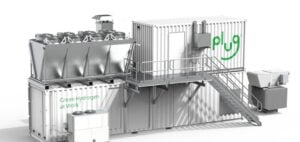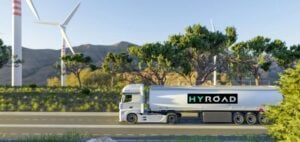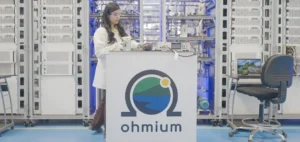French group Air Liquide has announced the operational commissioning of the world’s first industrial-scale pilot unit capable of converting ammonia (NH3) into hydrogen, with a processing capacity of 30 tonnes per day. Located in the Port of Antwerp-Bruges in Belgium, this facility represents a decisive step in overcoming logistical constraints related to the long-distance transport of hydrogen, using ammonia as an energy carrier.
A technological link in the hydrogen supply chain
The development of a reliable international supply chain for hydrogen depends on the ability to transport it at scale from production regions to consumption centres. Ammonia, composed of hydrogen and nitrogen, offers a logistical solution with already well-established global transport infrastructure. It can be produced in regions with surplus electricity from low-emission sources, then reconverted into hydrogen close to industrial demand.
This first industrial ammonia cracking unit addresses this need by delivering a proven technology to efficiently convert ammonia into usable hydrogen for industrial and mobility applications. Air Liquide presents this advancement as both operational and scalable, paving the way for future large-scale deployments.
Technology developed from in-house research
The Antwerp project enabled Air Liquide to validate several technological innovations in catalysis, molecular separation, and industrial safety. These innovations, protected by patents, were developed internally and demonstrate the group’s ability to industrialise laboratory results.
The pilot unit received support from the Flemish Agency for Innovation and Entrepreneurship (VLAIO). This public backing reflects the increasing interest of local authorities in conversion infrastructure capable of integrating into a future large-scale hydrogen economy, particularly in European industrial ports.
A strong signal to the global hydrogen market
This facility could allow Air Liquide to position itself upstream in future global hydrogen value chains by leveraging existing ammonia infrastructure. The choice of the Port of Antwerp-Bruges, one of Europe’s most strategic logistics hubs, gives this project an international dimension.
On-site conversion of ammonia into hydrogen reduces the need for dedicated hydrogen transport infrastructure, which is costly and complex. This is an advantage for industrial players seeking immediate solutions to secure low-emission hydrogen supply.






















